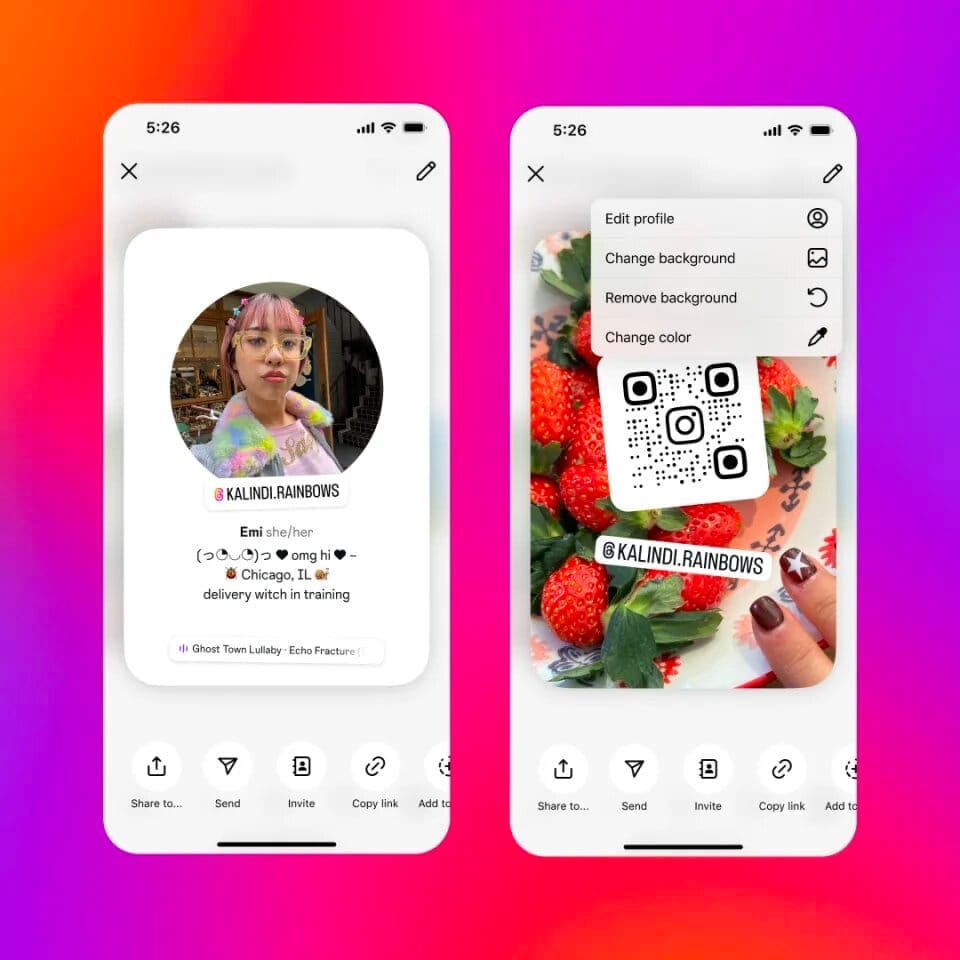How Instagram’s Popularity Bias Affects Video Quality on Your Feed
Yes, your video’s sharpness depends on its popularity.
Have you ever wondered why the videos you shot on a high-resolution camera look strangely pixelated or blurry when you upload them to Instagram?
After all, you spent time and effort capturing every detail, ensuring perfect lighting, and maybe even editing it to perfection—only for Instagram to tune down the crispness of the video.
The culprit might actually not be your camera or your editing skills, it could be Instagram itself. Here’s the twist: the quality of your video on Instagram isn’t a fixed attribute but rather a dynamic, view-driven outcome. Adam Mosseri, head of Instagram, recently revealed in a video Q&A that Instagram adjusts the quality of videos based on how many views they’re racking up. Yes, your video’s sharpness depends on its popularity.
In Mosseri's own words, "we want to show the highest-quality video we can ... But if something isn’t watched for a long time — because the vast majority of views are in the beginning — we will move to a lower quality video. And then if it’s watched again a lot then we’ll re-render the higher quality video."
The idea is, that Instagram wants to present high-quality content to users but also needs to manage the immense storage and processing demands of handling millions of videos daily. So, when a video is first uploaded, Instagram gives it a basic encoding treatment—good, but nothing exceptional. If that video starts to attract significant views, Instagram will upscale it, applying more CPU-intensive encoding to improve the visual quality. But if a video doesn’t attract much attention, Instagram saves resources by downgrading the video quality slightly. In short: the more views, the better the quality.

This structure goes back to Instagram's parent company, Meta. Back in 2021, Meta announced it was struggling to keep pace with the sheer volume of video content being uploaded across its platforms. With billions of video views every day on Facebook alone, Meta developed the tiered encoding system to manage the strain.
While the philosophy is rooted in efficiency, this model is a bit of a double-edged sword for creators. Instagram’s sliding scale of quality favours videos that gain quick traction, which often means popular creators enjoy higher-quality visuals. Newer or smaller creators, however, may find their videos stuck in lower quality, limiting their ability to make an immediate impact.
Mosseri also acknowledged these concerns. He’s noted that, in theory, the system could seem unfair, privileging big creators with top-notch quality while up-and-coming accounts get stuck with “good enough” quality. However, he argues that in practice, it’s not as significant as it might sound, since video content—rather than pure video quality—remains the primary driver for engagement.
Next time you’re on Instagram, take a closer look. That stunningly sharp video from a top creator? It might not just be the result of a good camera—it’s Instagram’s way of rewarding popularity. And that slightly blurry reel from a smaller account? It might just be waiting for its moment in the spotlight. In this ecosystem, quality is, in a way, earned.









